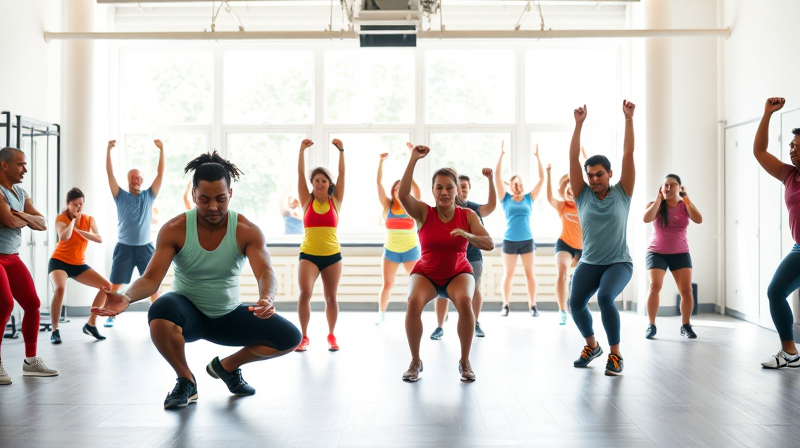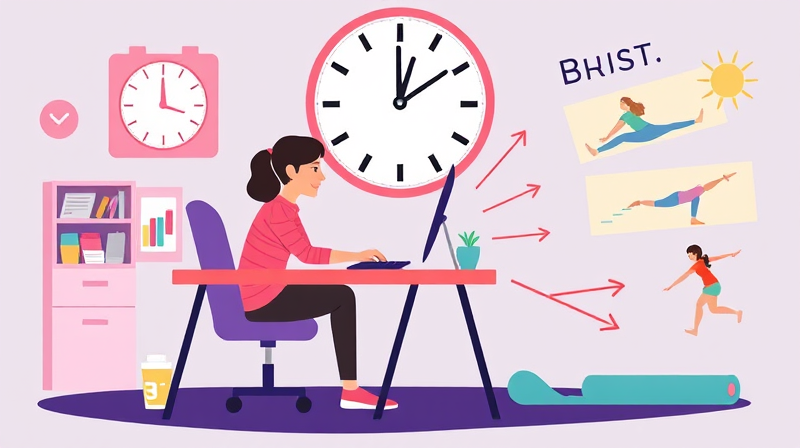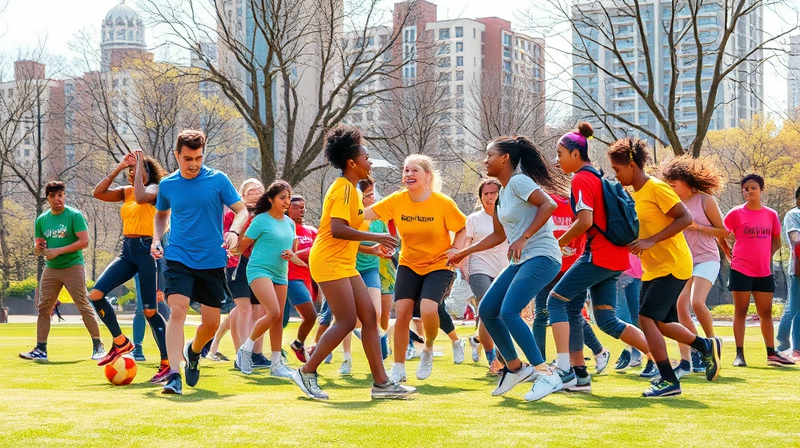Designing a dynamic exercise regimen can feel like a daunting task, especially when you need to accommodate a range of skill levels. However, by following a thoughtful and strategic approach, it is possible to create a program that challenges beginners, refines the techniques of intermediates, and pushes advanced athletes to new heights. Embracing diversity in fitness levels not only motivates individuals but also sets the stage for consistent progress and long-lasting success.
Each individual brings unique abilities and aspirations. This means that an effective fitness plan must begin with a thorough assessment of current fitness levels, athletic skills, and personal goals. When this foundational step is executed correctly, it paves the way for tailored workout routines that can evolve over time.
Assessing and Customizing for Diverse Abilities
Before diving into specific exercises, it is essential to gauge where each person stands in terms of strength, flexibility, skill proficiency, and past training experience. Factors such as lifestyle and personal commitments further influence the ideal workout regimen. This initial evaluation can be broken down into several key elements:
- Strength levels: Assess the weight and resistance that an individual can handle safely.
- Flexibility: Determine range of motion and potential areas for improvement.
- Skill proficiency: Identify the mastery of fundamental movements.
- Training history: Understand previous experiences with exercise.
- Lifestyle factors: Note the daily routines and practical scheduling needs.
With such comprehensive insights, personal trainers can design workouts that include regression options for those just embarking on their fitness journey and progression choices for those looking to intensify their routines.
This individualized approach cultivates confidence and motivation—critical factors that inspire users to consistently work towards their goals.
Implementing Exercise Variation for Continuous Growth
While consistency is indispensable for establishing a strong fitness foundation, incorporating variation into workouts prevents plateaus and keeps routines exciting. Exercise variation is achieved through methods like modifying core movements, adjusting training variables, utilizing different equipment, and applying periodization techniques.
Modifying core movements is an excellent way to adapt standard exercises to suit varying abilities. For example, traditional exercises like squats, deadlifts, push-ups, and pull-ups can be altered as follows:
- Beginners may start with bodyweight exercises and assisted movements.
- Intermediate practitioners can utilize more challenging variations such as barbell exercises or increased resistance techniques.
- Advanced athletes are encouraged to add complexity, such as incorporating unilateral movements or weighted variations.
Adjusting training variables such as sets, reps, weights, and tempos further personalizes the experience. For instance, alternating between high-intensity, low-rep sessions and high-volume, high-rep days introduces flexibility without compromising on the progressive overload principle.
The use of different equipment such as resistance bands, free weights, and machines ensures that muscles are targeted in diverse ways, reducing the risk of repetitive strain injuries and increasing overall physical benefits.
Practical Strategies for Diverse Skill Sets
When fitness programs are tailored for individuals with various skill levels, it is crucial to incorporate scalable workouts and progressive overload principles. Scalable workouts offer both regression and progression options, enabling each person to work safely within their level while still challenging themselves.
Grouping participants by skill can greatly enhance training efficiency, especially in group settings. This method allows beginners to concentrate on proper form and foundational strength, while intermediate and advanced athletes can intensify their focus on refining technique and increasing load or volume.
Progressive overload is central to consistent progress. Whether someone is a newcomer focusing on form or an experienced athlete at the limits of their performance, gradually increasing the difficulty of workouts is essential for continuous improvement. This systematic challenge ensures that every individual is persistently moving forward, both physically and mentally.
Finding the Right Balance
Creating a successful exercise regimen involves striking a common balance between consistency and variety. In practice, this means maintaining some consistent elements—such as core exercises—for a period that allows for mastery and the measurement of progress, while interweaving varied accessory movements to stimulate different muscle groups.
For example, a program might include a consistent set of core movements for 4 to 5 weeks to hone proper technique, followed by a cycle of accessory exercises that bring fresh challenges and prevent monotony. This blend is important because it addresses both the need for stability and the benefits of experimental adjustments.
Moreover, regular progress assessments and open channels for feedback ensure that the program remains responsive to the individual needs of all participants. Periodic fitness testing, tracking performance metrics, and adapting routines according to the participant's evolving capacities are imperatives for long-term success.
The journey to achieving personal fitness goals is as unique as the individuals pursuing them. By designing a regimen that is both varied and consistent, trainers can truly unlock the potential within everyone. Inspiration is born when challenges are met with guidance and support, paving the way for transformational growth in fitness and overall well-being.
Embrace the notion that every step—whether small or significant—is a move towards a healthier, more active life. With careful planning, strategic variations, and constant motivation, everyone can find success in their fitness journey.








